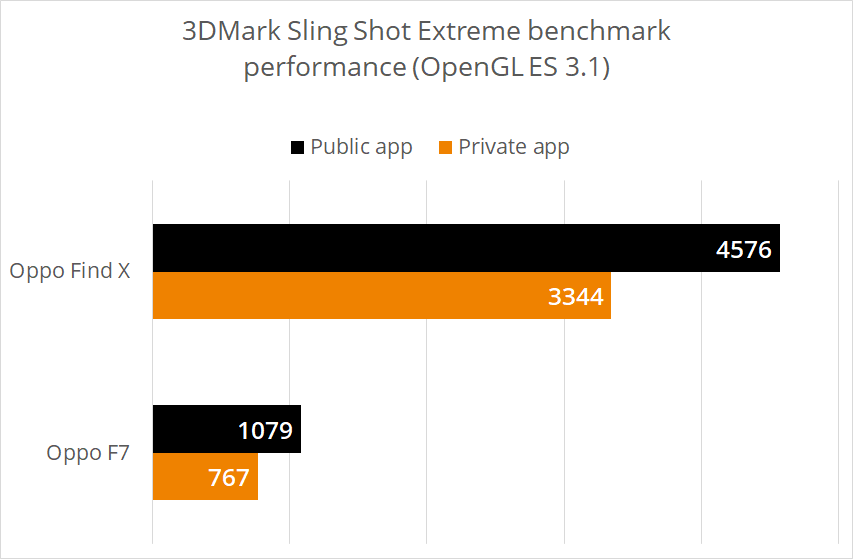3DMark is a piece of benchmarking software initially developed by Futuremark and acquired by a company now known as UL. UL was formally known as Underwriters Laboratories. They were solely a global safety consulting and certification company until they began acquiring companies like Futuremark. 3DMark is a piece of software that benchmarks all major devices that you can think of and both the Oppo Find X and the Oppo F7 had published high scores using this software. However, reviewers have uncovered that the company cheated during these benchmarks and their initial scores have been delisted from the scoreboard.
The benchmarking scene has quite the unique following. For years it was really just PC enthusiasts who cared about benchmark scores and they have gone to some great lengths to achieve massive scores. Seriously, you should see some the of the liquid nitrogen setups that professional overclockers use to get CPU clocks at 7GHz just so they can get the highest benchmark score possible on certain software. Although, it's only recently that smartphones entered the overclocking scene and it's natural for an OEM to want to boast about getting certain scores in various tests.
When an actual manufacturer lists their benchmark scores, they are required to follow clear rules which have been set by UL. It's one thing for a professional overclocker to go through crazy means to reach certain goals but it's different for an OEM to publish certain scores using software like 3DMark. Thanks to some initial tests done by Tech2, they discovered that the scores Oppo had published for the Find X were higher than their consumer unit produced. After some investigation, UL discovered that when using the public version of the 3DMark application the Oppo Find X and the F7 had scores that were up to 41% higher than the scores from the private app.
They were contacted for an official response about the discrepancy of the scores and Oppo says:
When we detect that the user is running applications like games or 3D Benchmarks that require high performance, we allow the SoC to run at full speed for the smoothest experience. For unknown applications, the system will adopt the default power optimization strategy...After the user has not actively operated for 5 to 10 seconds, the device limits the system performance to 70% to 80% of the maximum performance (according to different platforms)...When there is a user operation, it will immediately cancel the performance limit, to ensure that the user experience is not affected.
Again, this goes against UL's rules, therefore, the Oppo Find X and Oppo F7 have been delisted from the scoreboard.


